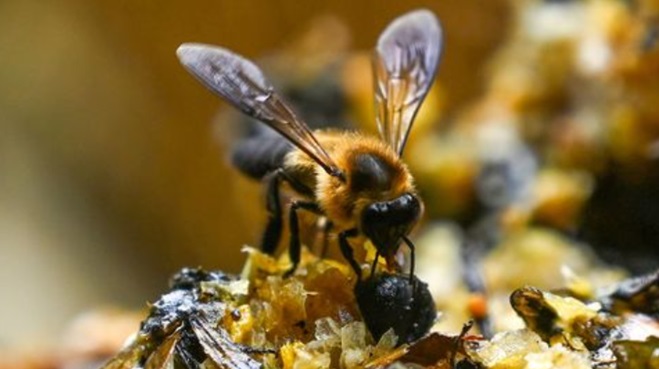Researchers reveal chemicals in human breath
The research team revealed that Developed a formula for a synthetic breath mixture. By using six different compounds, such as trichloroethylene. (trichloroethylene) and 2-methylheptane (2-methylheptan) combined with cancer cell culture to create the chemical composition of the breath of people with lung cancer and healthy synthetic breath ingredients. Then, let 20 bees separate the extract synthetic breath that contained lung cancer from healthy breath. They inserted a 3D-printed strap with tiny electrodes onto the bee's brain to measure any changes in bee brain signals.
Neuroreceptors from the bees' brains point to changes in the bee's nervous system response. Bees distinguish small changes in the chemical concentration of breath ingredients. What's more remarkable is that bees can also differentiate between different types of lung cancer cells. This discovery may serve as a model for developing new tests for early diagnosis of lung cancer.
Reference: Thairat

